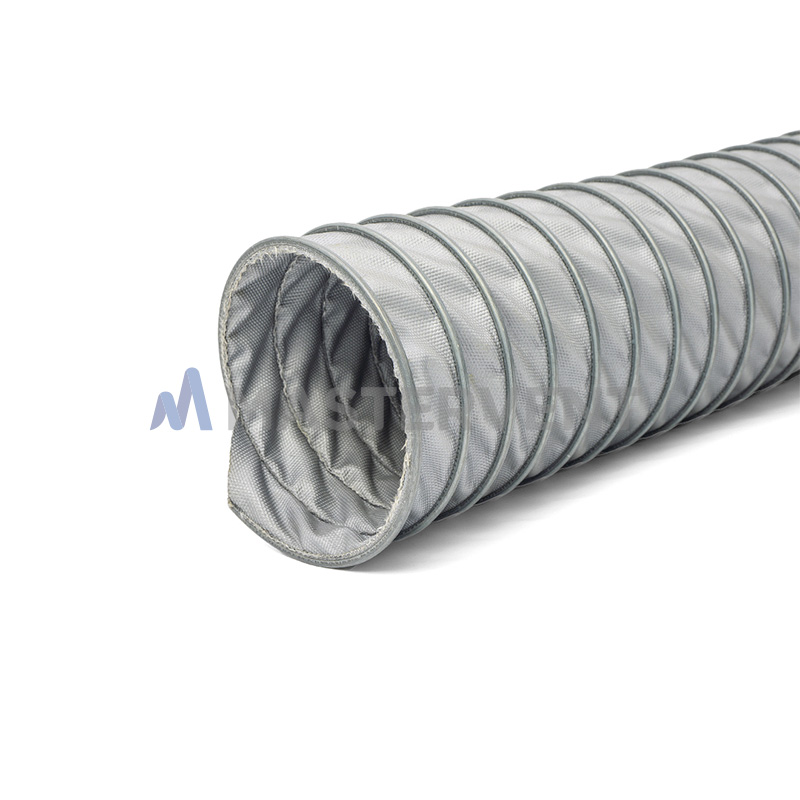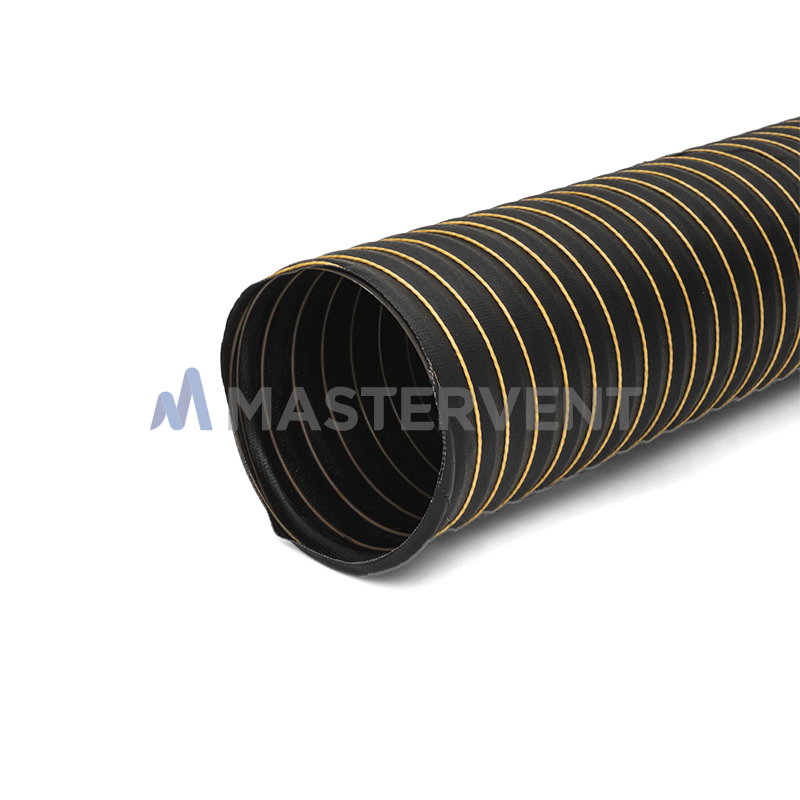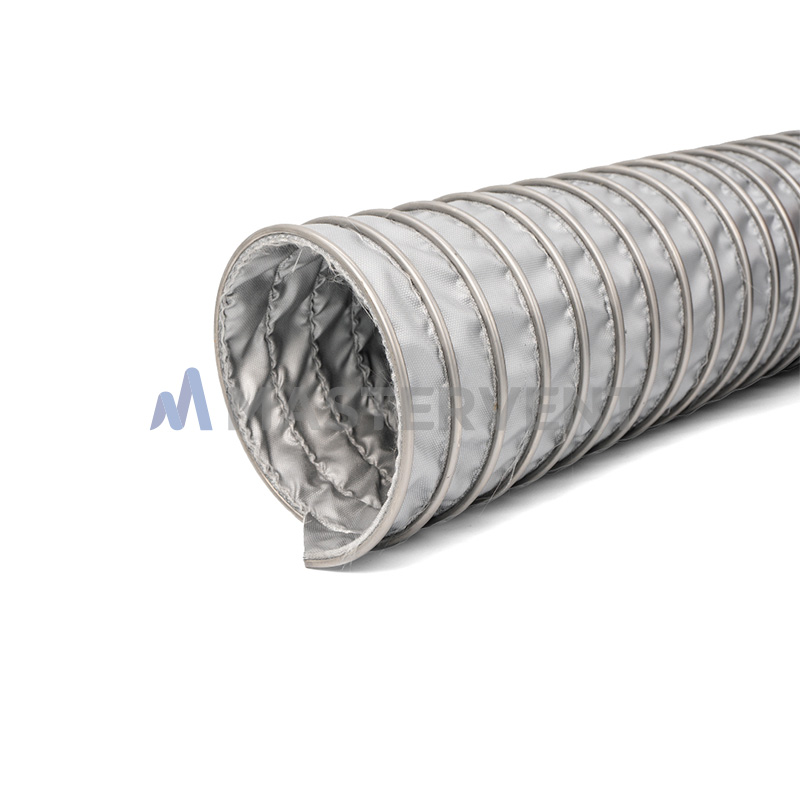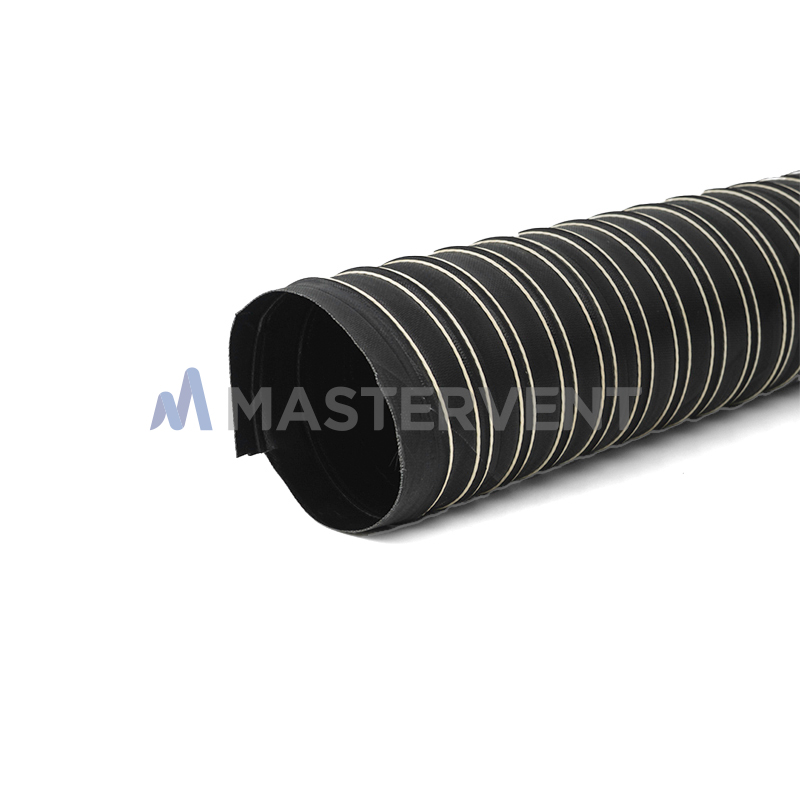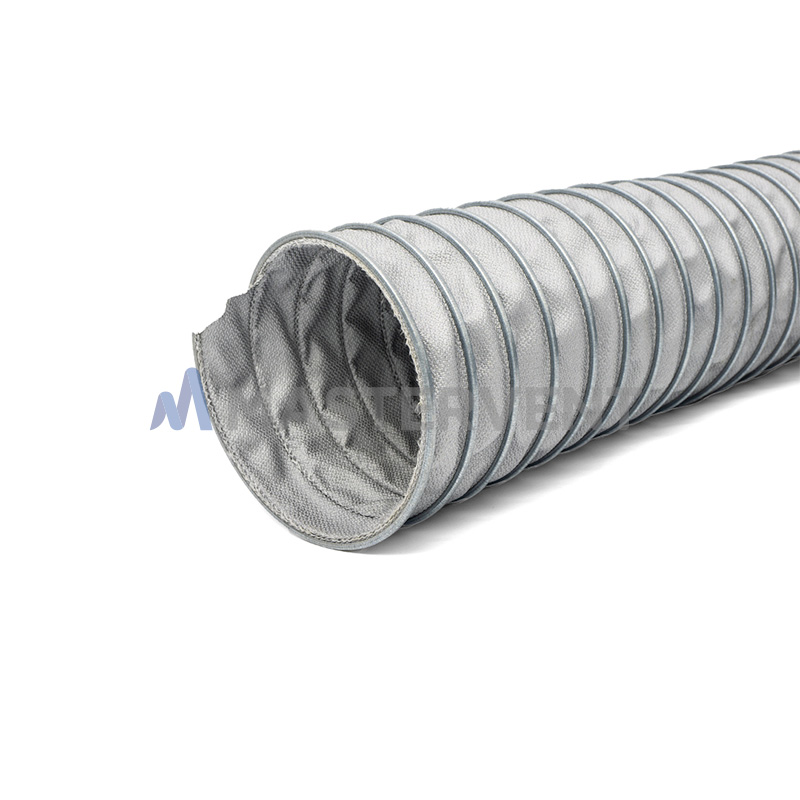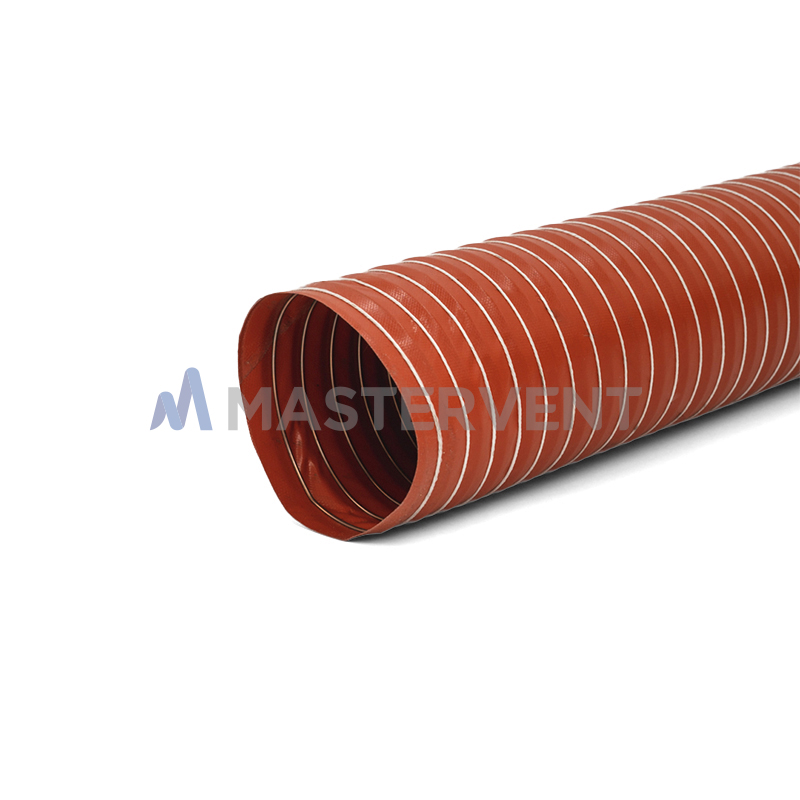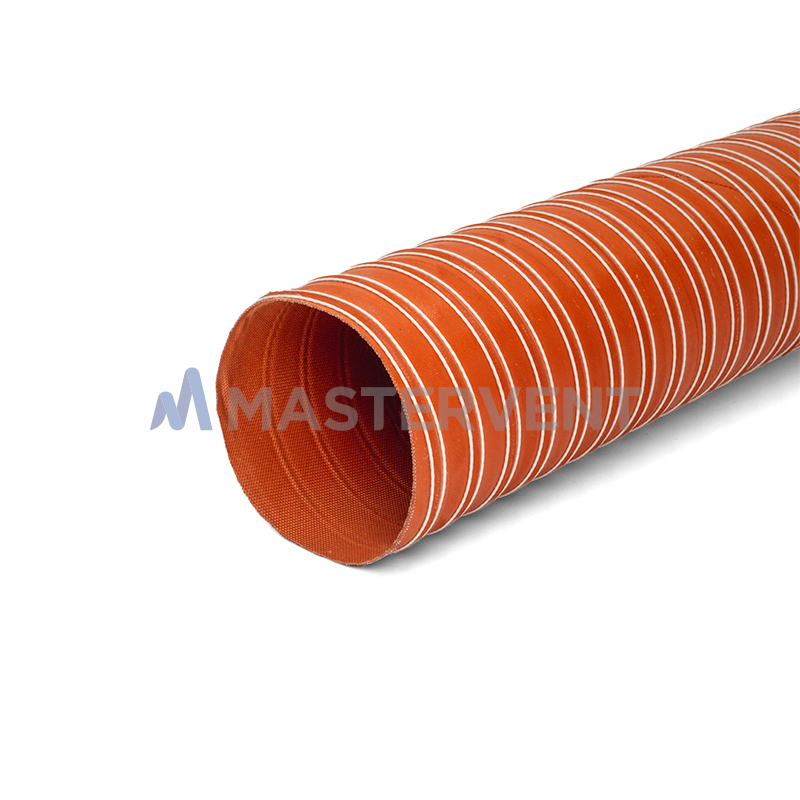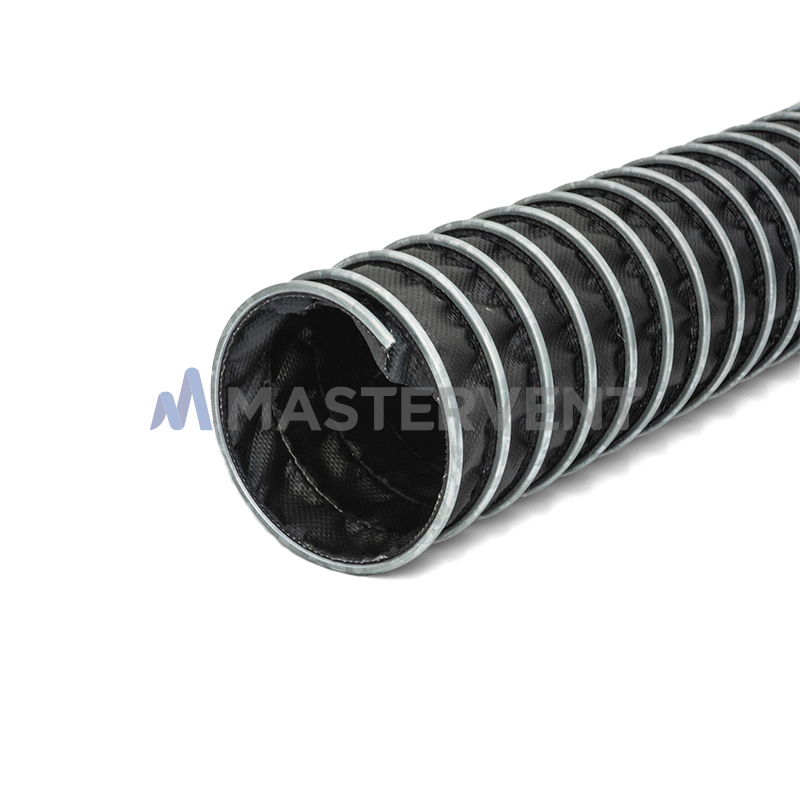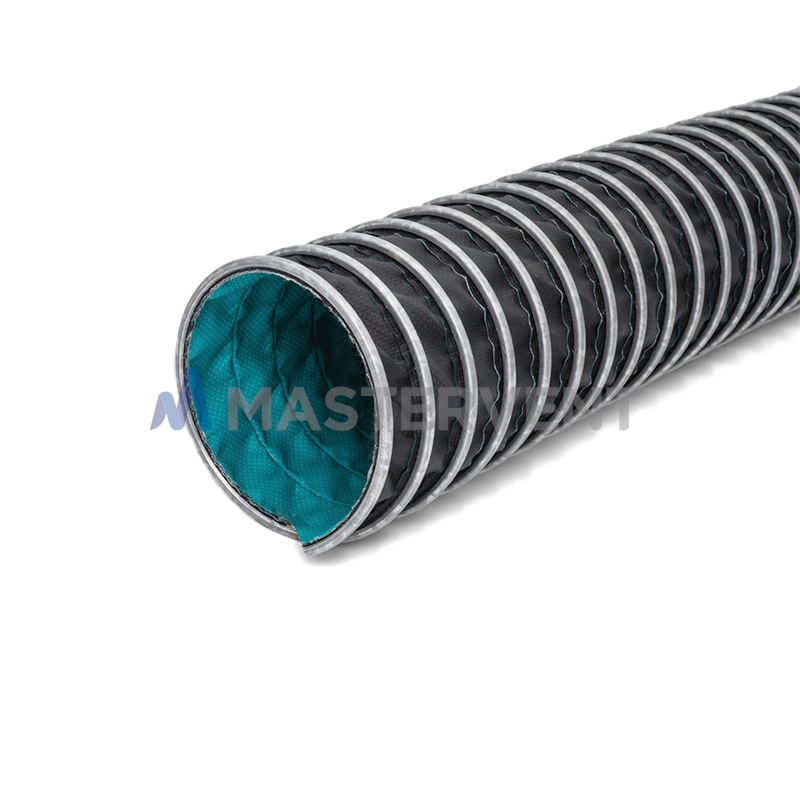RECOMMENDED
-
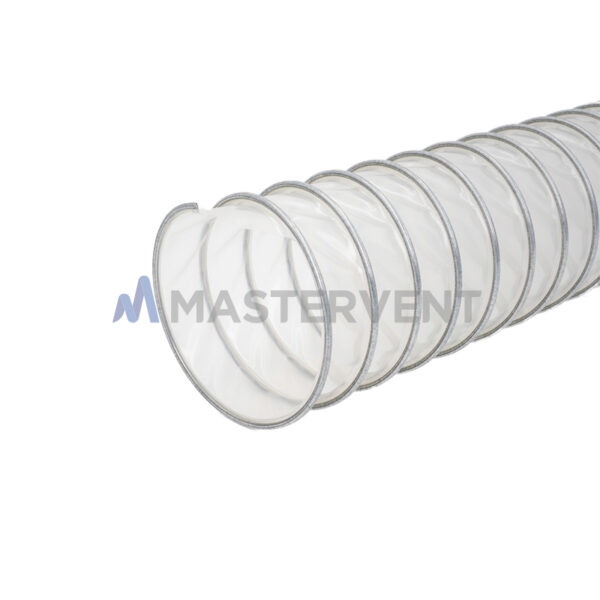 Vent Clip Pur
From: 202,88 € *Unit price per 1 m plus VAT plus shipping costs
Vent Clip Pur
From: 202,88 € *Unit price per 1 m plus VAT plus shipping costs
-
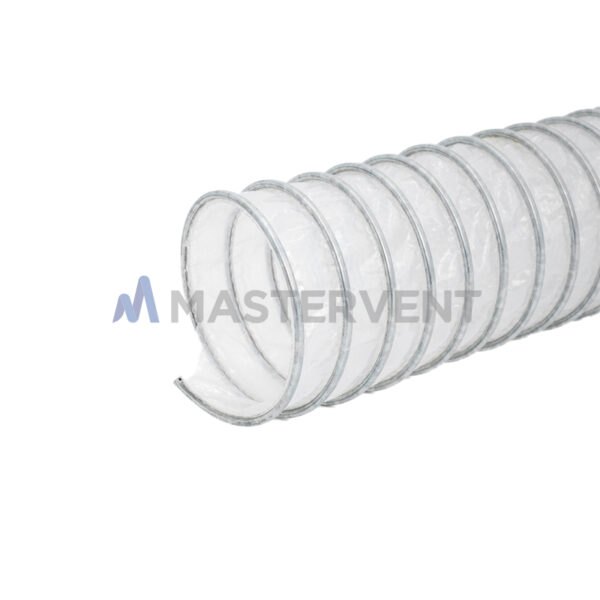 Vent Clip PE
From: 201,31 € *Unit price per 1 m plus VAT plus shipping costs
Vent Clip PE
From: 201,31 € *Unit price per 1 m plus VAT plus shipping costs
-
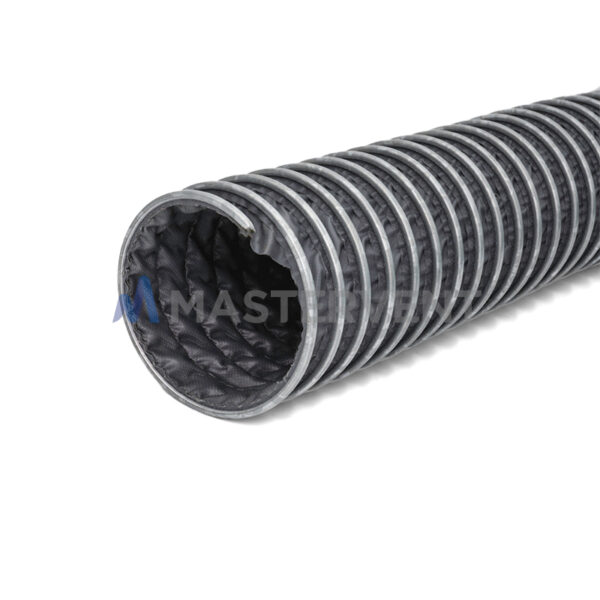 VENT CLIP SPARK - Gas Welding Hose
From: 207,25 € *Unit price per 1 m plus VAT plus shipping costs
VENT CLIP SPARK - Gas Welding Hose
From: 207,25 € *Unit price per 1 m plus VAT plus shipping costs














